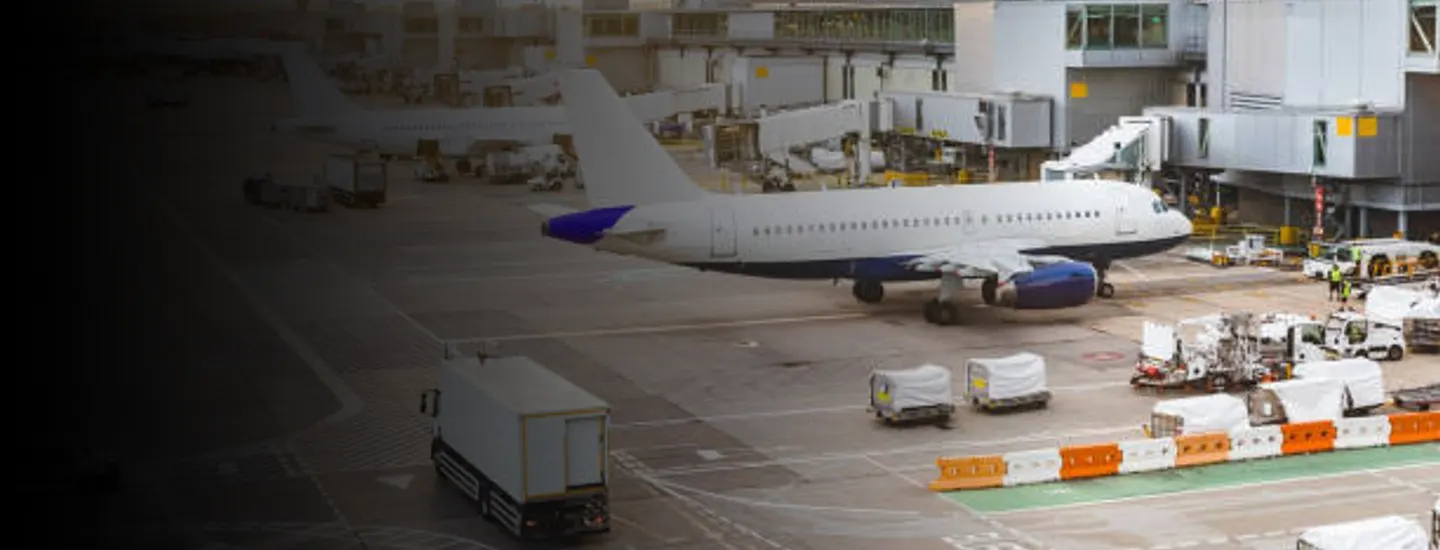The days of reliable growth for airports are a distant memory, and for many it remains highly uncertain when - or if - revenues will recover to pre-pandemic levels.
Establishing the optimum size and mix of non-aero services, which typically account for around half of total revenues for larger airports, and slightly less for smaller airports, will be critical as airports determine their concession management strategies.
Each type of concession will recover differently after the crisis. Parking is likely to recover as quickly as passenger numbers, or even faster, but retail recovery may be very different. And even within retail, different categories of retailer are facing contrasting recovery paths. Large retail and F&B groups such as WHSmith or Autogrill have a diversified model and generate revenue outside of airports. Their resilience will differ from those who solely depend on their outlets at airports.
Business size and geographical reach also affect how well these players can weather the storm. Product range and segment also matter. Single-brand retailers, or companies with a single outlet per airport, have fewer options than larger, diversified, multi-concept concessionaires when determining if and how to resume trading.
Recovery can also hinge on airport-specific factors, such as space constraints in and around the terminals, which may limit the flexibility airports have to adapt to the demands and expectations of passengers and concessionaires.
Flexible concessions arrangements offer benefits to all parties
When it comes to concessions arrangements, there is little standardisation across countries, airports and even terminals. This flexibility is proving advantageous, in allowing airports and retailers to consider new approaches that allow fairer distribution of risks and incentives, especially given that unilateral decisions taken by one party can have a significant impact on the other. For example, airport decisions around gate allocations or security checkpoint openings can affect a retailer’s turnover and leave them with no opportunity to recover lost footfall.
Retailers and airports are already experimenting with new compensation models, aimed at providing a better alignment of incentives and risks, and helping all parties work towards the common goal of providing the best possible experience for travellers and maximising the value of each passenger.
Minimum annual guaranteed payments (MAGs), percentage of sales payments, and fixed rents have been waived, deferred or otherwise adjusted on a contract-by-contract basis. More variable and flexible models have been put in place, with sliding minimum payments linked to passenger numbers, percentage of sales bracketed based on passenger numbers, capex expectations revised, and contract lengths extended to allow concession holders to better prepare for the future.
Other avenues, such as joint ventures between airports and retailers, could also achieve more adequate alignment of incentives and risks.
Modelling scenarios will be critical for all parties, in order to understand the potential outcomes of different arrangements. Contracts must also be negotiated with an understanding of the interdependence between airports and concession holders, and with a view to tailoring terms and conditions to ensure a mutually beneficial outcome.



